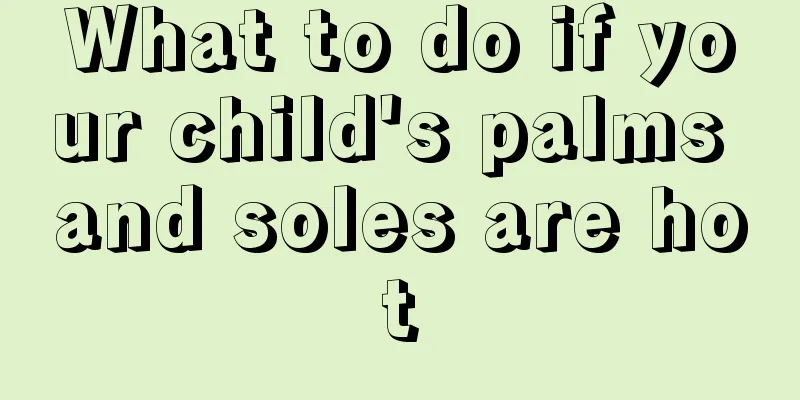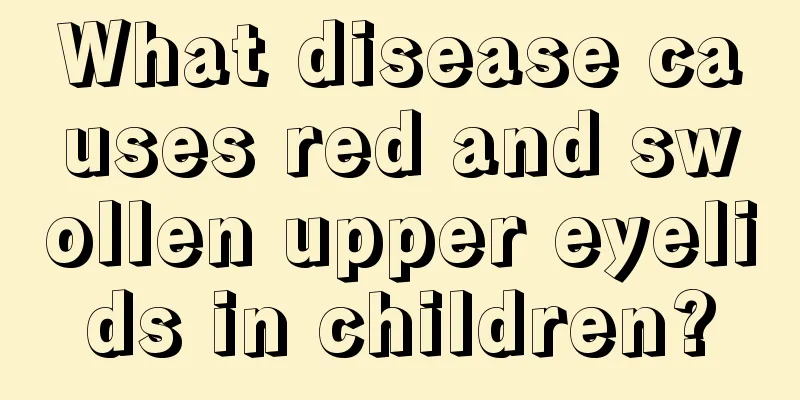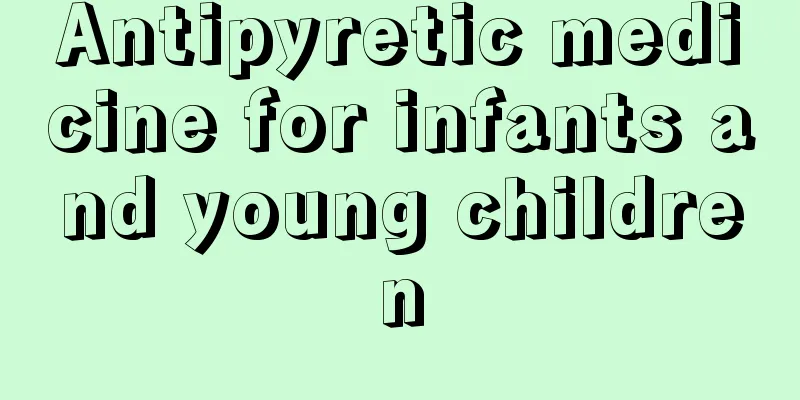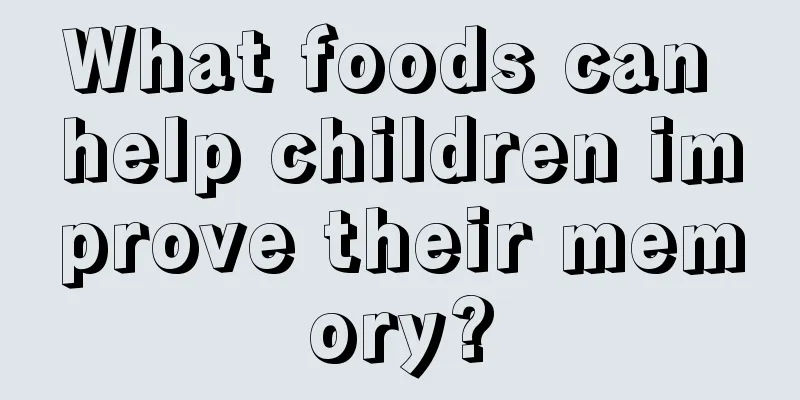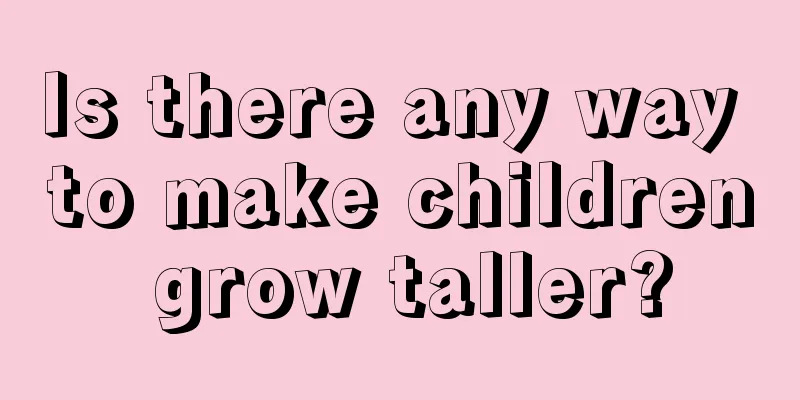Symptoms of amblyopia in children
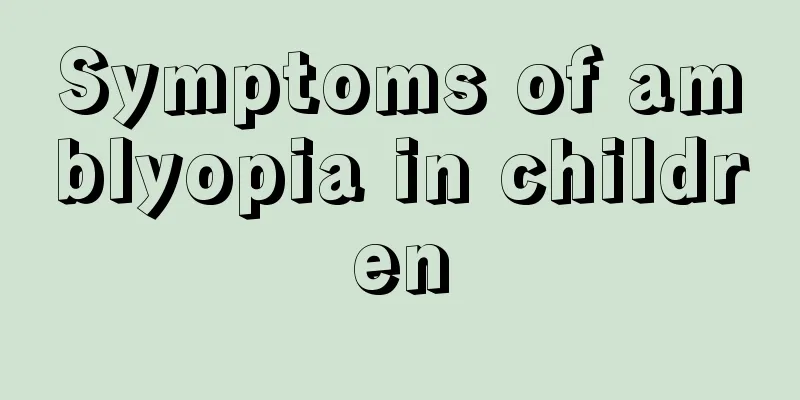
|
Amblyopia is a serious eye disease that affects children's vision development. It is a common disorder in children's development process. It will cause problems with children's eyes and make them see things blurry. Most of them are age-related. The younger the age, the better the treatment. As the age continues to increase, the vision development is fixed and it will be more difficult to treat. Amblyopia is one of the serious eye diseases that hinder children's visual development. It is a common disease in children's development process. The incidence rate is inconsistent at home and abroad. The statistical incidence rate in various regions of my country is about 2-4%. The incidence of amblyopia is high and the onset is early. Prevention and treatment are closely related to age. The younger the age, the more difficult the examination, the poorer the reliability, and the easier it is to miss the diagnosis, especially amblyopia without strabismus is even more difficult to detect. The biggest harm of this disease is that the children not only have low vision in both eyes or one eye, but also have no binocular vision function and no fine stereoscopic vision. The harm of amblyopia is greater than that of myopia. Therefore, early diagnosis and early treatment of amblyopia are extremely important clinically. What are the early symptoms of amblyopia in children? Amblyopia refers to those with no obvious organic lesions in the eyes and whose corrected distance vision is ≤0.8, mainly due to functional factors. According to the cause: 1. Strabismus amblyopia 2. Anisometropic amblyopia 3. Refractive error amblyopia 4. Form deprivation amblyopia 5. Congenital amblyopia. The therapeutic effect of amblyopia is closely related to age. The younger the age, the better the effect. It is closely related to the nature, degree and gaze of amblyopia. Patients with early onset, late treatment, severe severity, and non-central fixation have a poor prognosis. Early detection and early treatment are the key. In the eyes of children with amblyopia, the whole world is hazy. Because children have poor ability to report their own problems, early amblyopia is not easy to attract the attention of parents, thus missing the opportunity for treatment. Here, we would like to remind all parents and friends that if your baby has the following conditions, please pay special attention and consult a doctor if necessary: 1. Newborns will close their eyes in strong light or become irritable when exposed to strong light; 2. Babies aged 2-3 months cannot follow the movement of toys or their eyes are dull; 3. Babies aged 4-6 months have poor eye-hand coordination and cannot pick up objects well; 4. One-year-old babies cannot accurately grasp small objects, such as soybeans; 5. Babies over one year old have poor reactions to colors and graphics, and may even have dull eyes, slow reactions, a preference for close viewing, tilted heads, and squinting eyes. Or talk to your baby to find out about his vision. The key to preventing and treating amblyopia is early detection and early treatment. Once the treatment opportunity is missed, it will be difficult to restore normal vision, and other visual functions will also be affected accordingly. |
<<: Baby's tenosynovitis postoperative experience
>>: What to do if your left eye is amblyopia
Recommend
What is the cause of the pain in the child's paint cap?
In life, knee pain in children is a common phenom...
What to do if you are born with amblyopia?
Now we live in a high-tech society. People are st...
Children's tonsils are swollen to the third degree
When we have a cold and go to the hospital to get...
What is the cause of testicular dysplasia in children?
The testicle is the most important organ in the m...
What is the best treatment time for infant hypothyroidism?
The treatment time for infant hypothyroidism depe...
What complementary food can babies eat at 100 days old
For babies around 100 days old, they have just st...
Reasons why babies are restless when sleeping
Many parents or people who have accompanied their...
How many days will it take for the infantile rash to go away?
In daily life, roseola infantum is a relatively c...
What changes will happen to a newborn baby after one month?
After most babies are born, many new parents ofte...
What causes hyperthyroidism in children?
Hyperthyroidism is often referred to as hyperthyr...
What to do if your 2-year-old baby has vomiting and diarrhea
For babies, their bodies are in a critical period...
What are the symptoms of lymphadenopathy in children?
Children are most susceptible to illness during t...
Child coughing for one month
If a child has been coughing for a month, parents...
When do children lose their teeth?
Every parent hopes that their children can have w...
What is the best food for children with hernia?
If a child is diagnosed with a hernia, you must p...

